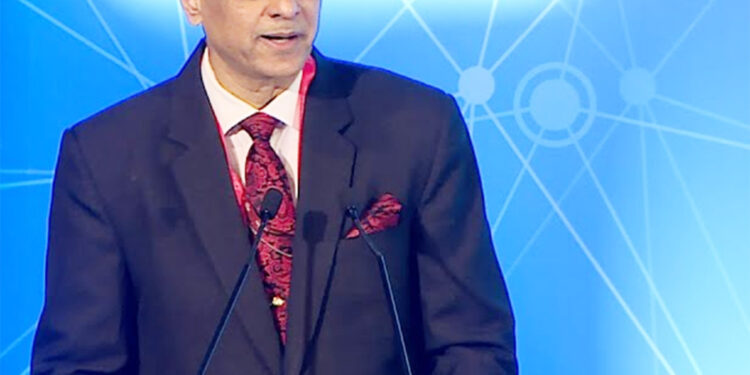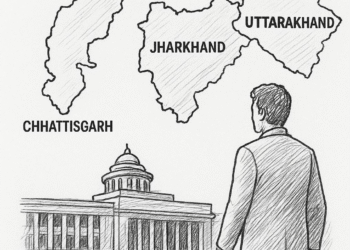In a bureaucracy often slowed by procedure, V. Srinivas is scripting a rare success story—one that replaces red tape with real-time solutions. As Secretary of the Department of Administrative Reforms and Public Grievances (DARPG), Srinivas is driving a quiet digital revolution, one grievance at a time.
At the heart of this transformation is CPGRAMS—the Centralized Public Grievance Redress and Monitoring System. Once a sluggish, paper-based process, it’s now a 24/7 digital platform powered by automation, AI dashboards, and real-time analytics. Citizens can file complaints through mobile apps, the UMANG platform, or even via voice, bringing governance literally to their fingertips.
Under Srinivas’s leadership, grievance redressal has moved from reactive firefighting to proactive system reform. With root-cause analytics and department-wise performance dashboards, CPGRAMS isn’t just solving problems—it’s identifying and fixing what causes them. Resolution timelines have been slashed, nodal officers have been made accountable, and a national call center now actively collects citizen feedback.
These changes aren’t just incremental—they’re institutional. The appeal process has been tightened, transparency tools upgraded, and performance metrics closely tracked. What began as an IT upgrade has evolved into a cultural shift within public administration.
International recognition has followed. The Commonwealth Secretariat recently endorsed CPGRAMS as a model for replication across 56 member countries. That’s no small feat for a system once seen as India’s digital grievance bin.
For Srinivas, this is just the beginning. “Technology is not just an enabler—it’s a bridge,” he says. With DARPG pushing the envelope on data-driven, citizen-first governance, India is quietly emerging as a global benchmark for responsive, tech-led administration.
This is governance 2.0—measurable, modern, and made for the people.
What is CPGRAMS?
Centralized Public Grievance Redress and Monitoring System
Launched: 2007
Revamped: 2019 onward (under NextGen CPGRAMS)
Accessible via: Website, UMANG App, standalone mobile app, voice assistants
Languages supported: 22
Departments onboarded: 1,700+ Central and State
Available: 24×7
Key Reforms
AI-powered dashboards
Root cause tracking & policy insights
Reduced resolution timelines
Faster grievance closure
Feedback call center
Loop closure, satisfaction measurement
Nodal officers & appeals
More accountability and clarity
Monthly department rankings
Internal competition, improved response
NextGen CPGRAMS
By the Numbers
Total grievances processed (2024–25) 20 lakh+
Average monthly complaints 1.5–2 lakh
Average resolution time (2021) 45 days
Resolution time (2025 target) 20 days
Departments integrated 1,700+
Languages supported 22
States/UTs integrated All 36
User satisfaction (via feedback calls) 85%+ positive
Mobile app downloads 5 million+

















